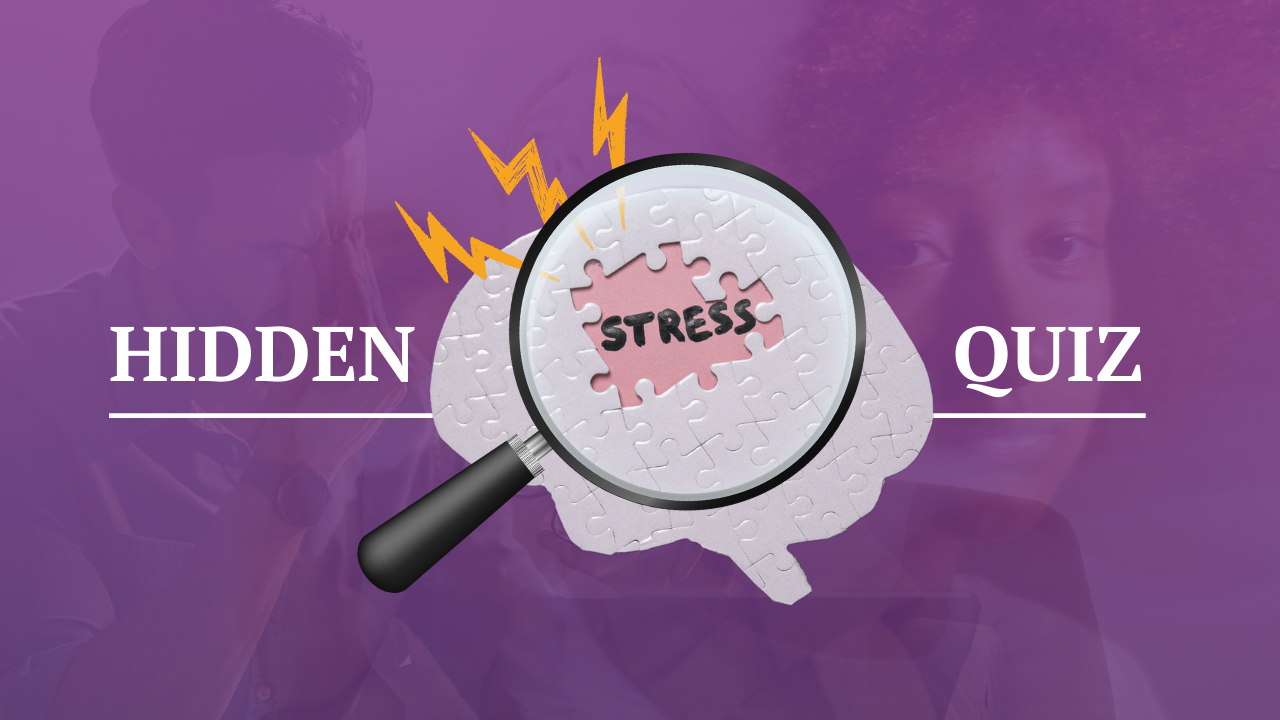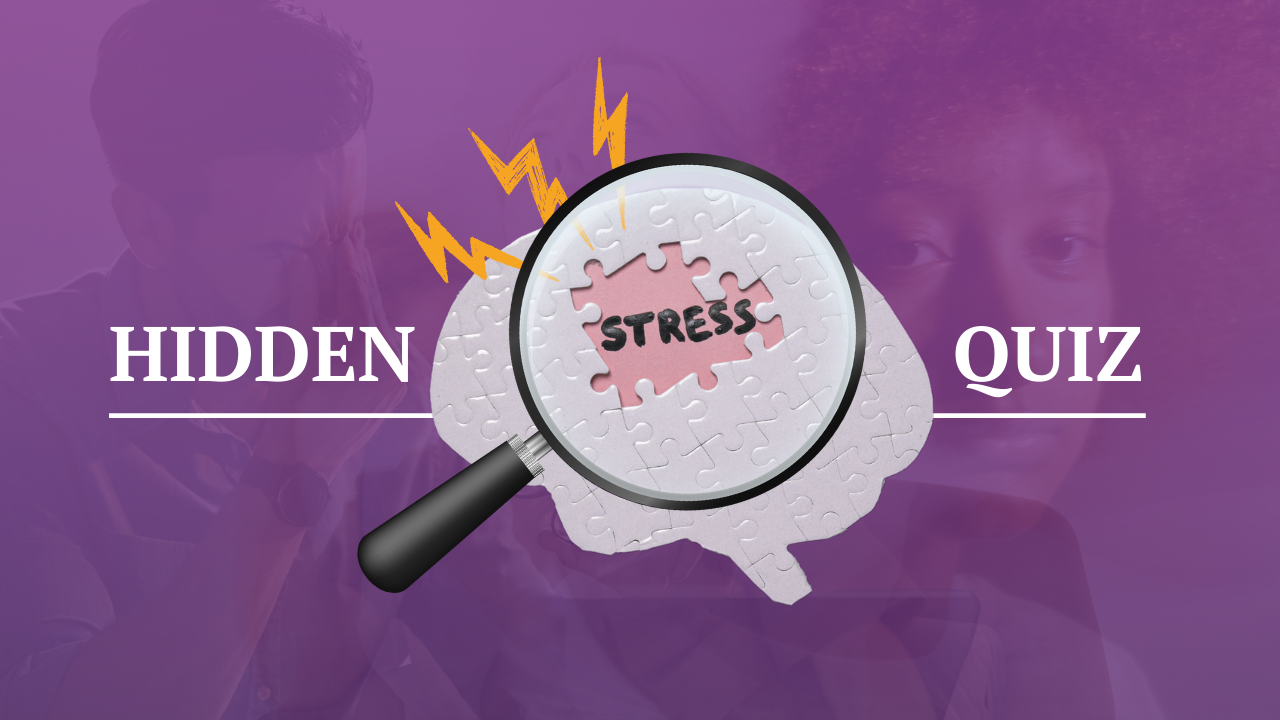Easing Back into Work: A Guide for Adults with ADD/ADHD on Transitioning after Summer
Jul 19, 2023
Easing Back into Work: A Guide for Adults with ADD/ADHD on Transitioning after Summer
The transition from the relaxed days of summer to the demands of work can be a challenge for anyone, but for adults with ADD/ADHD, this transition may feel particularly overwhelming. As you prepare to return to the routines and responsibilities of work after enjoying the summer break, it's essential to approach the transition with a well-thought-out plan. Below are a few practical strategies and tips to help adults with ADD/ADHD transition back to work and thrive professionally.
1. Reflect and Set Intentions
Before diving back into work, take some time to reflect on your summer break. Consider what activities, experiences, and relaxation techniques worked well for you. Reflecting on your summer can help you identify elements contributing to your well-being and productivity.
Set intentions for the upcoming work season. What do you want to achieve professionally and personally? Setting clear goals can provide a sense of purpose and direction as you transition back to your work routine.
2. Reestablish Routines Gradually
Abruptly transitioning from a relaxed summer schedule to a demanding work routine can be overwhelming. Instead, ease into your work routine gradually. Adjust your sleep schedule a few days before your return to work. This can help you reset your internal clock and feel more awake and alert during work hours.
Similarly, reintroduce other routines, such as meal times, exercise, and mindfulness practices, over the course of a few days. Gradual adjustments can reduce stress and help you feel more in control of the transition.
3. Organize Your Workspace
An organized workspace is essential for staying focused and productive, especially for adults with ADHD. Take some time to declutter your desk and surroundings. Remove items that are no longer relevant and organize your materials, supplies, and files.
Consider implementing organization tools such as color-coded folders, labels, and digital apps that help you manage tasks and deadlines. An organized workspace can reduce mental clutter and make it easier to concentrate on your work.
4. Prioritize Tasks and Set Goals
Creating a list of tasks and setting priorities can help you stay on track during the transition. Break down your workload into smaller, manageable tasks and categorize them based on urgency and importance. This approach can prevent feeling overwhelmed and help you focus on completing one task at a time.
Set achievable goals for your return to work. What do you want to accomplish by the end of the first week? Setting realistic goals can build a sense of accomplishment and motivation.
5. Utilize Time Management Techniques
Time management is crucial for adults with ADHD, as it helps you stay organized and make the most of your work hours. Consider using techniques like the Pomodoro Technique, which involves working in focused intervals followed by short breaks. This approach can enhance your concentration and prevent burnout.
Digital tools, such as calendars, task management apps, and reminders, can be your allies in managing your time effectively. Set alarms or reminders for important meetings and deadlines to ensure you stay on track.
6. Manage Distractions
Distractions are a common challenge for adults with ADHD. Identify potential distractions in your work environment and take proactive steps to manage them. For instance, you could use noise-canceling headphones to block out background noise or create a designated quiet space for focused tasks.
If your mind wanders, practice mindfulness techniques to bring your attention back to the present moment. Mindfulness can help you stay centered and maintain your focus on the task at hand.
7. Communicate with Your Colleagues
Open communication with your colleagues can make the transition smoother. Inform them of your return date and any changes in your schedule. Clear communication can help manage expectations and ensure a seamless reintegration into the workplace.
If you have specific needs or accommodations related to your ADHD, don't hesitate to discuss them with your supervisor or HR department. Open dialogue can lead to a more supportive work environment.
8. Implement Self-Care Strategies
Returning to work after summer requires balancing work responsibilities and self-care. Prioritize activities that promote your well-being, such as exercise, hobbies, and spending time with loved ones. Engaging in self-care can enhance your resilience and help you manage stress effectively.
Make sure to allocate time for breaks during your workday. Short breaks can rejuvenate your mind and prevent burnout. Use this time to stretch, walk, or take a quick mindfulness practice.
9. Seek Professional Support
If you find the transition back to work particularly challenging, consider joining the Cultivating Inner Peace: Unleash Your ADD/ADHD Superpowers❣️ coaching program so I can provide tailored strategies and guidance to help you navigate this period successfully. Learn more at drakhu.vonza.com/adhdcoaching
10. Embrace Flexibility and Patience
Transitions take time, and embracing flexibility and exercising patience with yourself is crucial. Don't be discouraged if you encounter setbacks or find some strategies that don't work as expected. Adapt and modify your approach as needed.
Remember that you can learn and grow from each experience. Use this transition as an opportunity to develop resilience and refine your coping skills.
Conclusion
Transitioning back to work after the summer break requires careful planning, organization, and self-awareness, particularly for adults with ADHD. You can confidently navigate this transition by reflecting on your summer experiences, reestablishing routines gradually, organizing your workspace, setting priorities, managing distractions, and implementing self-care strategies. Embrace the unique strengths that come with ADHD, and use them to your advantage in your professional journey. With the right strategies and a positive mindset, you can transition back to work successfully and thrive in your role.


